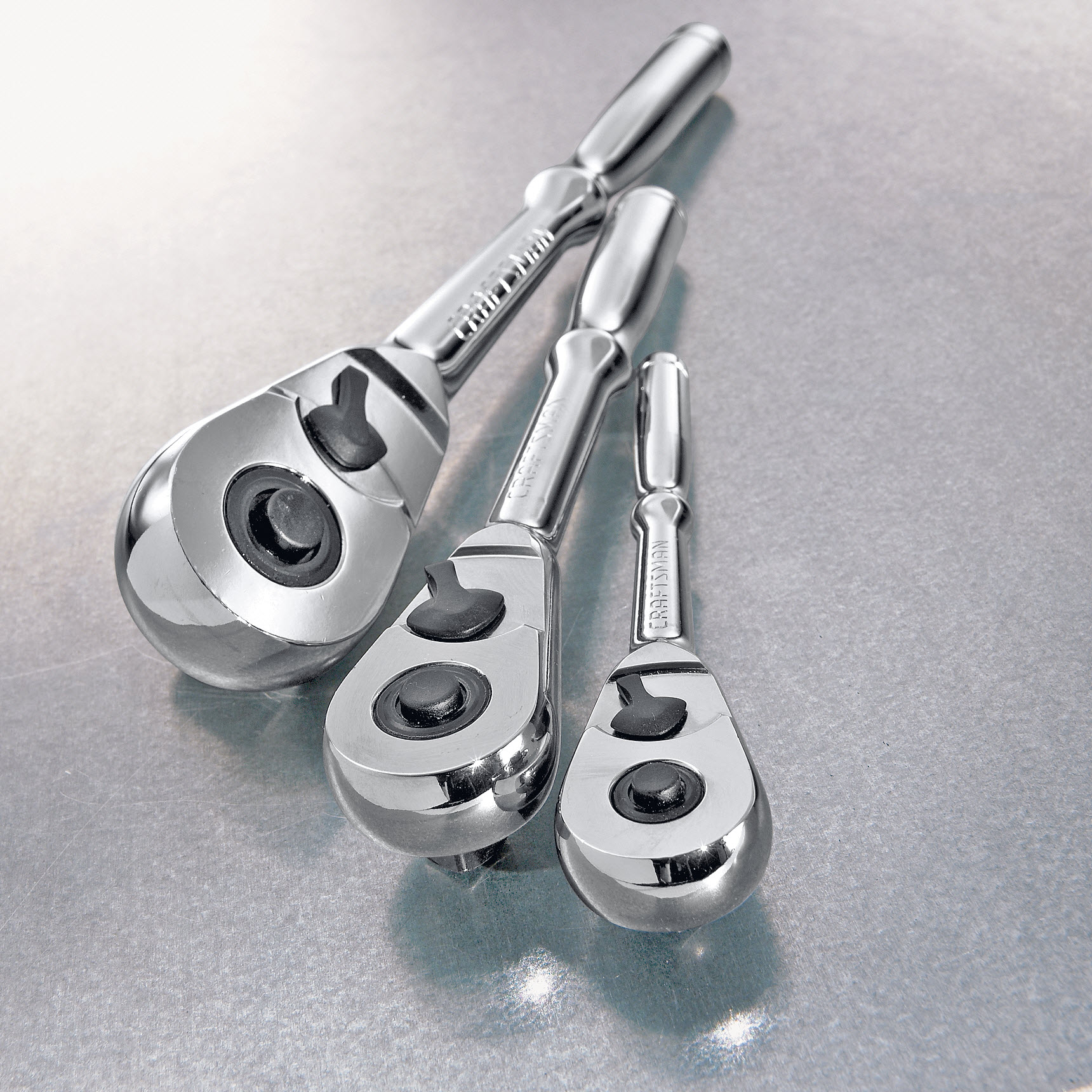“Ratchet” can refer to a few different concepts depending on the context:1. **Mechanical Tool**: A ratchet is a type of gear mechanism that allows for linear or rotary motion in one direction while preventing motion in the opposite direction. It is commonly used in socket wrenches and other hand tools to make tasks like tightening or loosening bolts easier and more efficient.2. **Slang Term**: In contemporary slang, “ratchet” is often used to describe someone or something that is considered to be inappropriate, loud, or over-the-top, often in a humorous or derogatory way. It can refer to behavior, fashion, or attitudes that are seen as lacking refinement or sophistication.3. **Entertainment**: “Ratchet” is also linked to various entertainment media, including characters or themes in movies, television shows, and music that embody the flamboyant or outrageous qualities associated with the slang term.If you have a specific context in mind for “ratchet,” please let me know!
Ratchet & Clank: Rift Apart Price in Pakistan
Current Price: ₨ 53
Below is the summary of current prices of Ratchet & Clank: Rift Apart in Pakistan
- Lowest Price of Ratchet & Clank: Rift Apart: Rs 10
- Highest Price of Ratchet & Clank: Rift Apart: Rs 199
- Average Price of Ratchet & Clank: Rift Apart: Rs 53
Ratchet & Clank: Rift Apart Price Comparison in Pakistan
Explore the latest prices for the iPhone 14 Pro Max across various trusted retailers in Pakistan. Below is a comprehensive list detailing the current prices from multiple websites, giving you the best options to choose from. Whether you’re looking for the lowest price or the best deal, we've got you covered!
| No. | Website Logo | Website | Price |
|---|
Ratchet: An OverviewRatchet is a versatile and essential mechanical device known for its role in converting rotational motion in a single direction, thereby functioning primarily as a tool for tightening, securing, and adjusting equipment. Ratchets are commonly employed in various applications, from the simple hand tools we use at home to complex machinery in industrial settings. Its design and functionality make it a vital component in ensuring safety, efficiency, and reliability in mechanical tasks.### Design and FunctionalityAt its core, a ratchet consists of two main components: the ratchet wheel (or gear) and the pawl. The ratchet wheel is a circular gear that features notches or teeth around its circumference, allowing it to rotate freely in one direction while restricting motion in the opposite direction. The pawl is a lever-like piece that engages with the notches of the ratchet wheel. When the ratchet is turned in the forward direction, the pawl moves smoothly over the teeth. However, if an attempt is made to rotate the wheel in the opposite direction, the pawl locks into place against the teeth, preventing any backward motion. This mechanism creates a simple yet effective locking system that is the hallmark of ratchet technology.### Types of RatchetsRatchets come in various types based on their application and design:1. Socket Ratchets: Commonly used in automotive repair and maintenance, socket ratchets allow users to apply torque to nuts and bolts using interchangeable sockets. They typically feature a long handle that provides leverage, making it easier to turn tight fasteners.2. Wrenches: Ratcheting wrenches incorporate the ratchet mechanism within their design, allowing users to turn fasteners without needing to reposition the tool constantly. This feature is particularly advantageous in tight spaces where traditional wrenches might struggle.3. Torque Wrenches: These specialized ratchets are designed to apply a specific amount of torque to a fastener, ensuring it is neither too loose nor too tight, which is crucial in mechanical assemblies where precision is key.4. Ratchet Straps: Used for cargo securing, ratchet straps incorporate a ratcheting mechanism to tighten the strap around items, ensuring they remain securely fastened during transport.### ApplicationsThe applications of ratchet mechanisms span various industries, including automotive, aerospace, construction, and manufacturing. In the automotive industry, ratchet tools are indispensable for tasks ranging from changing tires to performing engine repairs. Ratchet straps find use in logistics and transportation, securing loads on trucks and trailers to prevent shifting during transit. In manufacturing, ratchet mechanisms can be part of machinery that requires precise positioning and secure fastening of components.### Advantages of Ratchet Mechanisms1. Efficiency: Ratchet tools significantly speed up tasks that require repetitive motion, such as tightening nuts and bolts. Their ability to engage and disengage quickly allows users to maintain momentum in their work.2. Convenience: Many ratchet tools are ergonomically designed to fit comfortably in hand and provide ample leverage, reducing strain and improving user experience during prolonged use.3. Safety: The locking mechanism inherent in ratchets provides safety by preventing accidental loosening of fasteners, which can lead to equipment failure or accidents.### Maintenance and CareTo ensure longevity and optimal performance, ratchet tools require regular maintenance. This includes cleaning to remove dirt and debris, lubricating moving parts to reduce friction, and checking for wear and tear, particularly in the pawl and ratchet wheel. Users should replace any worn components to maintain the effectiveness of the tool and ensure safety during use.### ConclusionRatchet mechanisms exemplify the ingenuity of mechanical design, providing simple yet powerful solutions for various fastening and securing needs. From everyday household tasks to critical industrial applications, ratchets enhance our efficiency and reliability in mechanical work. With a wide range of types and applications, they remain indispensable tools in the toolbox of tradespeople and DIY enthusiasts alike. Understanding the nuances of ratchet design and function enables users to select the right tool for their needs, ultimately leading to better performance and outcomes in their projects.
Ratchet & Clank: Rift Apart Features
Sure! A ratchet is a mechanical device that allows for the motion of a shaft or gear in one direction while preventing motion in the opposite direction. Ratchets are commonly used in tools, machinery, and various mechanical applications. Below is a specification outline for a typical ratchet mechanism.### Ratchet Specification#### 1. General Description- **Type**: Mechanical ratchet mechanism- **Function**: Allows unidirectional rotation or movement; prevents reverse movement.- **Application**: Commonly used in tools (e.g., ratchet wrenches), machinery, and locking devices.#### 2. Materials- **Body Material**: Steel, aluminum, or high-strength plastic- **Gear Material**: Hardened steel or brass for durability- **Ratchet Pawl Material**: Steel or other wear-resistant alloys#### 3. Dimensions- **Overall Length**: Varies by application (e.g., 250 mm for ratchet wrench)- **Gear Diameter**: Standard sizes (e.g., 20 mm, 30 mm, 50 mm)- **Thickness**: Dependent on material (e.g., 5 mm to 10 mm)#### 4. Ratchet Gear Specifications- **Number of Teeth**: Standard (e.g., 36 teeth for a 1/2" drive ratchet)- **Tooth Profile**: Rounded or square, depending on application- **Pitch**: Defines the spacing between teeth (e.g., 2 mm)#### 5. Pawl Specifications- **Type**: Spring-loaded for automatic engagement- **Spring Strength**: Adjusted for optimal engagement and disengagement force- **Attachment Points**: Secure connection to the ratchet body (e.g., pinned or bolted)#### 6. Performance Characteristics- **Maximum Load Capacity**: Rated load (e.g., 50 Nm torque for specific applications)- **Operating Temperature Range**: -20°C to +80°C (depending on materials used)- **Durability**: Minimum cycle life (e.g., 10,000 cycles without failure)#### 7. Operating Principles- **Engagement**: Pawl engages with the ratchet gear’s teeth- **Disengagement**: Ratchet allows movement in one direction while preventing reverse rotation- **Multiplier Mechanism**: Optional (e.g., a 2:1 or 3:1 ratio for increased torque)#### 8. Design Standards- **Compliance**: ANSI, ISO, or other relevant mechanical standards- **Safety Features**: Overload protection, failure mode analysis#### 9. Finishes and Coatings- **Surface Treatment**: Corrosion resistance (e.g., chrome plating, anodizing)- **Finish Type**: Smooth or textured for grip#### 10. Packaging and Labels- **Packaging**: Individual boxes or bulk packaging- **Labeling Requirements**: Model number, load capacity, manufacturer information### ConclusionThe ratchet mechanism is crucial in tools and machinery, providing efficient one-way motion and preventing backward movement. The above specification outlines a typical ratchet design, covering its construction materials, dimensional attributes, performance characteristics, and compliance with industry standards. Further details may be customized based on specific application requirements.
Ratchet & Clank: Rift Apart Comparision
To create a comparison table, I'll need to know what specific aspects of a "Ratchet" you would like to compare. A "Ratchet" can refer to different tools or mechanisms, such as a ratchet wrench, a ratchet mechanism in machinery, or even ratchet-related terms in popular culture. Please specify the type of ratchet you want to compare, and any specific models or features you want included in the comparison (e.g., sizes, materials, applications, etc.).
Ratchet & Clank: Rift Apart - Frequently Asked Questions
Sure! Here's a sample FAQ for a "Ratchet":### Ratchet FAQ#### General QuestionsQ1: What is a ratchet?A: A ratchet is a mechanical device used to allow rotary motion in one direction while preventing motion in the opposite direction. It consists of a gear (ratchet wheel) and a pawl which engages the gear’s teeth.Q2: Where are ratchets commonly used?A: Ratchets are commonly utilized in various applications, including hand tools (like ratchet wrenches), machinery, automotive mechanisms, and even in some types of clocks.#### Types of RatchetsQ3: What types of ratchets exist?A: The most common types include:- Ratchet Wrenches: Tools that allow users to turn nuts and bolts without removing the tool after each turn.- Gear Ratchets: Used in machinery to permit unidirectional movement.- Socket Ratchets: Designed for use with interchangeable sockets.#### Usage and FunctionalityQ4: How does a ratchet wrench work?A: A ratchet wrench features a ratchet mechanism that allows the tool to turn fasteners in one direction while letting the user pull it back in the opposite direction without loosening the fastener.Q5: How do I use a ratchet strap?A: To use a ratchet strap, secure one end to an anchor point, thread the strap through the ratchet mechanism, pull it tight, and crank the ratchet handle to tighten further. Ensure it is locked securely before transporting items.#### Maintenance and CareQ6: How do I maintain my ratchet tools?A: Regularly clean your ratchet tools to remove dirt and debris. Apply a light lubricant to the moving parts periodically to ensure smooth operation. Check for any wear and replace parts as necessary.Q7: Is it safe to use ratchets for heavy loads?A: Yes, ratchets are designed for heavy loads, but it's crucial to ensure that the ratchet and its components are rated for the specific load you plan to secure. Always follow the manufacturer's guidelines for safe use.#### TroubleshootingQ8: What should I do if my ratchet is not engaging properly?A: If your ratchet is not engaging, check for debris lodged in the mechanism, inspect the pawl and gear for wear, and ensure proper alignment. If problems persist, consult the manufacturer's instructions or consider professional repair.Q9: Can ratchets fail? How can I prevent this?A: Yes, like any mechanical device, ratchets can fail due to wear and tear, misuse, or overloading. To prevent failure, use the ratchet as intended, perform regular maintenance, and avoid overloading it beyond its rated capacity.#### MiscellaneousQ10: Are there alternatives to ratchets?A: Alternatives include friction clamps, locking pliers, and other types of fasteners, but each has distinct functionality and limitations depending on your specific needs.Q11: Where can I buy high-quality ratchet tools?A: High-quality ratchet tools can be found at hardware stores, home improvement centers, and online marketplaces. Look for reputable brands and check reviews to make informed choices.Feel free to customize this FAQ further based on your specific context or audience!












Reviews
There are no reviews yet.